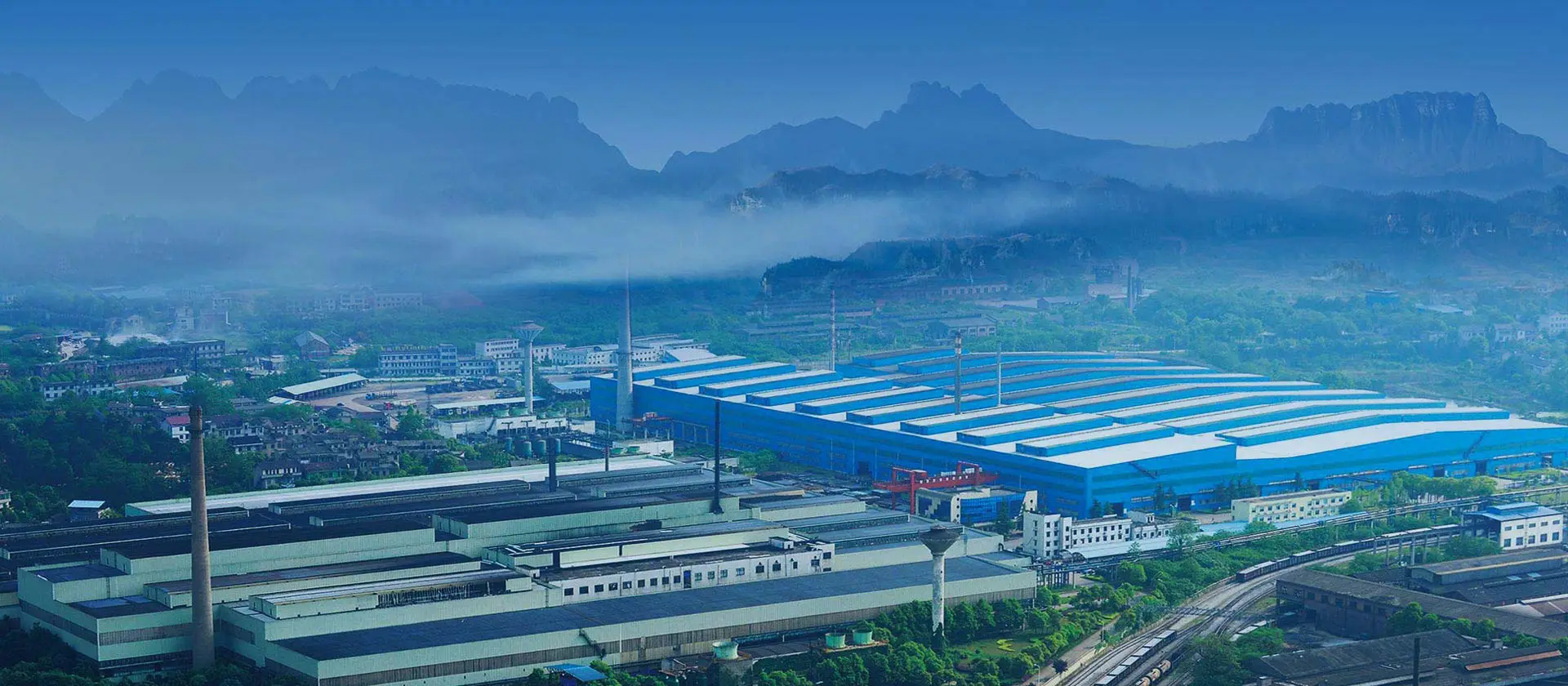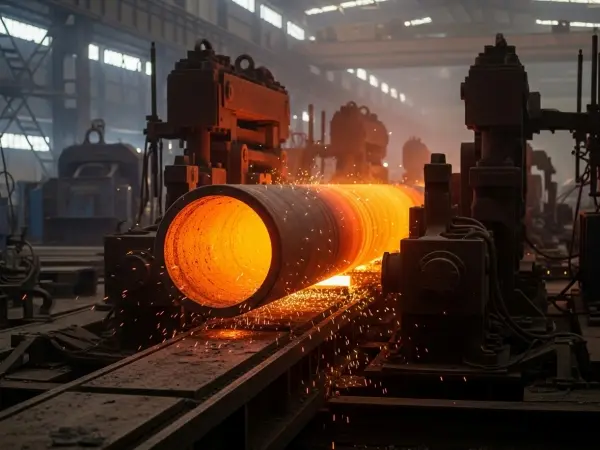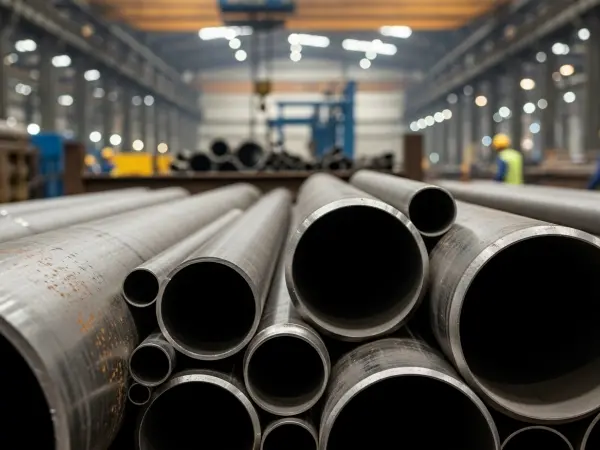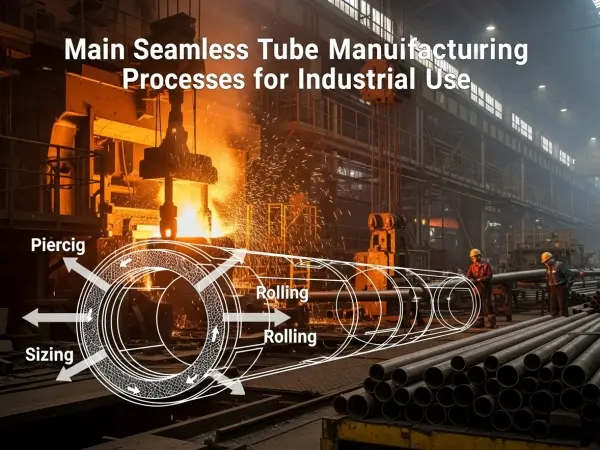
In high-pressure industries such as oil and gas, chemical processing, and power generation, selecting the right material for a large diameter seamless pipe is critical. The material not only affects the pipe's mechanical strength but also determines its durability, corrosion resistance, and overall performance under extreme operating conditions. This article provides a comprehensive guide for engineers, project managers, and procurement specialists to make informed decisions when choosing materials for large diameter seamless pipes.
Large diameter seamless pipes are widely used in pipelines that transport oil, gas, and other fluids over long distances. These pipes must withstand high internal pressures, temperature fluctuations, and corrosive environments. Using the wrong material can lead to failures such as cracking, corrosion, or deformation, which can be costly and dangerous. Therefore, the material selection process is a vital step in pipeline design.
The most commonly used materials for large diameter seamless pipes include:
· Carbon Steel: Widely used due to its strength and affordability. Suitable for moderate-pressure applications, but may require protective coatings in corrosive environments.
· Alloy Steel: Offers higher strength and better resistance to high temperatures and pressures. Alloying elements like chromium, molybdenum, and nickel improve mechanical properties.
· Stainless Steel: Excellent corrosion resistance and durability, ideal for harsh chemical or offshore environments. Grades like 304, 316, and duplex stainless steel are frequently used in high-pressure applications.
When selecting the material, consider the following:
1. Operating Pressure and Temperature: Higher pressures and temperatures require materials with high tensile strength and thermal stability.
2. Corrosion Resistance: Evaluate whether the pipe will be exposed to corrosive chemicals, seawater, or CO₂/H₂S environments.
3. Mechanical Properties: Check yield strength, ultimate tensile strength, elongation, and impact resistance.
4. Weldability and Fabrication: Some alloy steels are harder to weld, which may increase project complexity and cost.
Compliance with industry standards ensures safety and reliability. Some relevant standards for large diameter seamless pipes include:
· API 5L: Specifies requirements for line pipes in the petroleum and natural gas industries.
· ASTM A106 / A53: Covers seamless carbon steel pipes for high-temperature and high-pressure services.
· EN 10216: European standard for seamless steel tubes suitable for pressure purposes.
· Oil and Gas Pipelines: Large diameter seamless pipes made of alloy steel are preferred for deep-sea pipelines due to their superior strength and corrosion resistance.
· Power Plants: Carbon steel pipes are often used for high-pressure steam transport, combined with protective coatings to prevent corrosion.
· Chemical Processing: Stainless steel seamless pipes are suitable for transporting aggressive chemicals under high pressure.
Selecting the right material for a large diameter seamless pipe in high-pressure applications is essential for safety, longevity, and operational efficiency. Engineers must evaluate operating conditions, mechanical requirements, corrosion risks, and compliance with industry standards. By carefully choosing the appropriate steel grade—whether carbon, alloy, or stainless—projects can achieve optimal performance and reliability.


